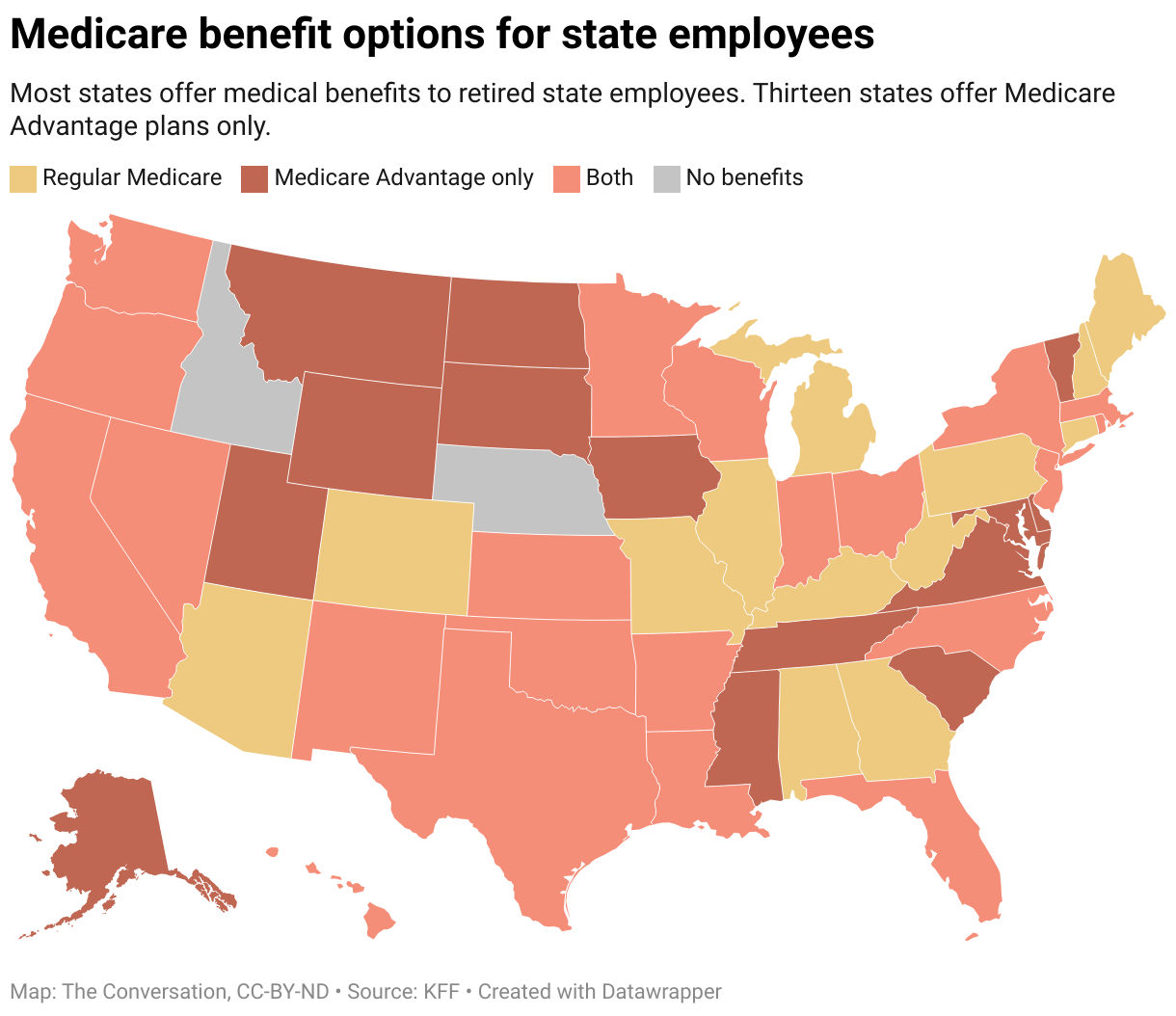Your healthcare coverage is one of the more important purchases you will make each year for yourself and your family. But choosing the right plan can be confusing – which type of plan is right for you? How much will you have to pay out of pocket? What does the plan cover – and not cover? It’s helpful to understand the basics before you make your choice.
There are five main types of healthcare plans:
- Preferred Provider Organizations (PPOs)
- Point of Service (POS)
- Exclusive Provider Organizations (EPOs)
- Health Maintenance Organizations (HMOs)
- Indemnity Plans
PPOs and HMOs are the most popular plans. They account for more than 40% of the policies available in the federal health insurance exchanges. POS Plans, Indemnity Plans and EPOs are far less well-known – combined they account for about 20 percent of plans – but are offered by some health insurers and employers.
Another type of coverage, the High-Deductible Health Plan (HDHP), has grown in popularity as employers seek to contain healthcare costs. It often works similar to an HMO or PPO, but with very high deductibles and associated Health Savings Accounts (HSAs). Premiums tend to be low.
The different types of plans vary in what your share of costs are, which providers you can see, what services are covered, and policy regulations that help to control your overall costs. Overall, the plans that give you more flexibility in seeing providers are generally more expensive.
What Is an EPO Plan?
Exclusive Provider Organization (EPO) combines elements of PPOs and HMOs. Like an HMO, your care is covered only if you see a provider in the plan’s network, unless it’s an emergency (as defined by the plan). If it’s not an emergency, and you see an out-of-network provider, you will have to pay the full cost out of your pocket.
Like a PPO, you won’t have to select a primary care physician (PCP) and you can see a specialist without a referral. But you are responsible for ensuring your specialist is in your network.
To help control costs for you and the insurance company, you may be required to get preauthorization or prior authorization of certain elective services and tests. This is because the plan pays only for those it deems medically necessary. Your EPO will charge you a substantial penalty if you don’t obtain preauthorization – and may not pay benefits at all.
Your plan’s Summary of Benefits and Coverage and Summary Plan Description will list the services that require preauthorization – such as CT scans, MRIs, expensive medications, certain surgeries, in-patient hospitalizations and medical equipment.
In summary, your insurer can offer cost-saving rates for an EPO plan by limiting coverage to:
- Medical services from hospitals and doctors in its network – with which it has negotiated prices
- Medically necessary expenses
What are the Pros of EPOs?
- No referral to see a specialist, saving you the cost of a copayment and time to see your primary care physician.
- Having a primary care physician is optional.
- Emergency care is covered even if you go out of your network.
- EPOs generally cost you less in premiums and out-of-pocket costs.
- Your in-network providers will file claims for you.
- Some have broad, national networks, so you may have access to an in-network doctor when you travel.
What are the Cons of EPOs?
- You may not be able to continue with your current doctor or specialists.
- You must use in-network providers unless it’s an emergency.
- For EPOs with local networks only, non-emergency medical needs will not be covered when you travel.
- Even if your insurer covers out-of-network emergencies, the provider can still bill you for the difference between its charges and your insurer’s payments.
- You are responsible for staying in your network.
- You are responsible for obtaining prior approval for expensive services and tests.
An EPO may be ideal if you don’t mind restrictions to specific doctors and hospitals but want the flexibility to see specialists without referrals.
How Much Does an EPO Plan Cost?
Compared to HMOs, PPOs, and POS plans, monthly premiums for EPOs are usually in the middle of the price range for all plans.
If you’re purchasing coverage as an individual, your premiums are also affected by your age and where you live.
Besides your monthly premium, your total health care cost will include:
- Your deductible, or how much you have to spend before the insurer pays anything.
- Coinsurance and copayments – the payments you make each time you get medical services after you’ve reached your deductible.
- An out-of-pocket maximum, or the most you have to spend each year before your insurer pays 100% of all covered services.
The following are sample EPO plans from one insurer for an applicant in Jackson County, MO, no age specified, no discounts or subsidies, See plans & prices.
Comparing EPOs with Alternative Plans
EPOs generally compare with other types of plans as follows:
Where Can I Get an EPO Plan?
Your employer may offer an EPO plan as one of your insurance coverage options. You can get an EPO plan on your own by purchasing individual coverage through a broker, agent, or through the health insurance marketplace (also called the health insurance exchange).
The federal government runs its exchange for 37 states through www.healthcare.gov. The other states manage their own exchanges. Find links to those exchanges here. Depending on your income, you may qualify for federal subsidies to reduce the cost of coverage. Check https://www.cms.gov/CCIIO/Resources/Fact-Sheets-and-FAQs/state-marketplaces to see if you are eligible.




